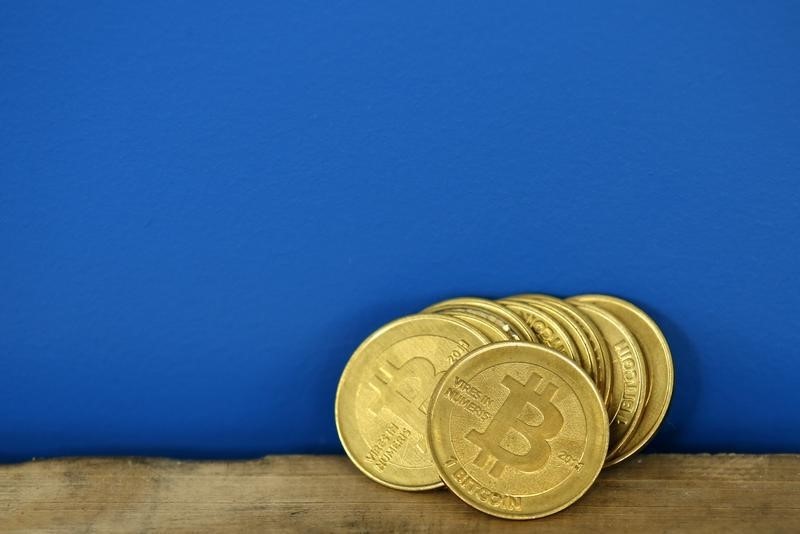SoFi CEO enters prepaid forward contract on 1.5 million shares
NEW YORK - In a notable shift within the cryptocurrency market, Bitcoin is experiencing a significant transformation in liquidity. The actively traded liquid supply of Bitcoin has dropped to a record low not seen since 2012, standing at just 1,295 million BTC. This reduction in available Bitcoin for trading is causing tension among market participants. In contrast, the illiquid supply, which signifies a growing trend of holding Bitcoin rather than trading it, has surged to an all-time high of 15.4 million BTC. This increase includes an addition of 50,000 BTC over the past month, continuing a pattern that began in July.
The highly liquid supply has also seen a sharp decrease to approximately 2,888 million BTC, marking the lowest level since 2018 and highlighting the current liquidity squeeze in the market. Despite this tightening of supply, Bitcoin's value remains close to its peak from the last 18 months but has recently dipped below $36,000 following a correction that exceeded three percent from its previous bear market range.
The market dynamics are also reflected in the changing composition of Bitcoin wallet categories. Data from Sentiment indicates a surge in small-scale investor participation, with over one and a half million new wallets holding less than one Bitcoin each created over the past month. Wallets containing between one to one hundred Bitcoins have shown little change with an eighteen-address decrease, while wallets with over one hundred Bitcoins have reduced by nineteen addresses, suggesting profit-taking by larger investors.
Despite these shifts in wallet distribution and supply dynamics, on-chain metrics paint a positive picture with nearly seven hundred and three thousand transactions recently recorded. Transaction fees have risen to $18.67 during periods of intense activity such as the Ordinals frenzy. In response to these market conditions and aiming to draw new traders, Binance Futures has launched an incentive program offering a hundred-dollar bonus and discounted fees for the first month to its users. This move by one of the largest cryptocurrency exchanges underscores the competitive nature of the market as it adapts to changing liquidity patterns and investor behaviors.
This article was generated with the support of AI and reviewed by an editor. For more information see our T&C.
